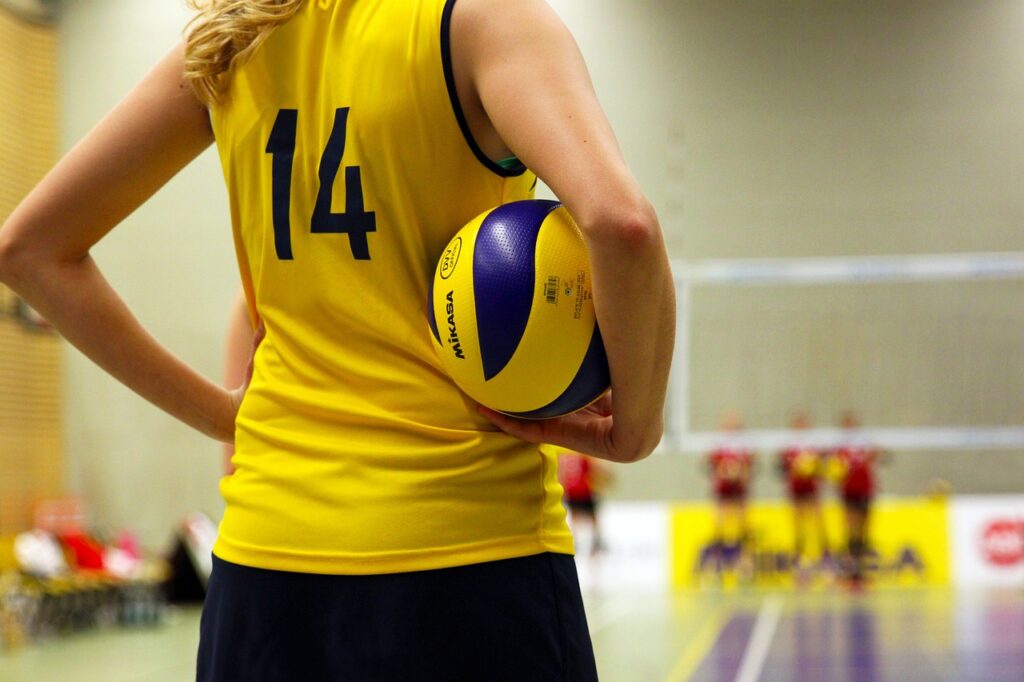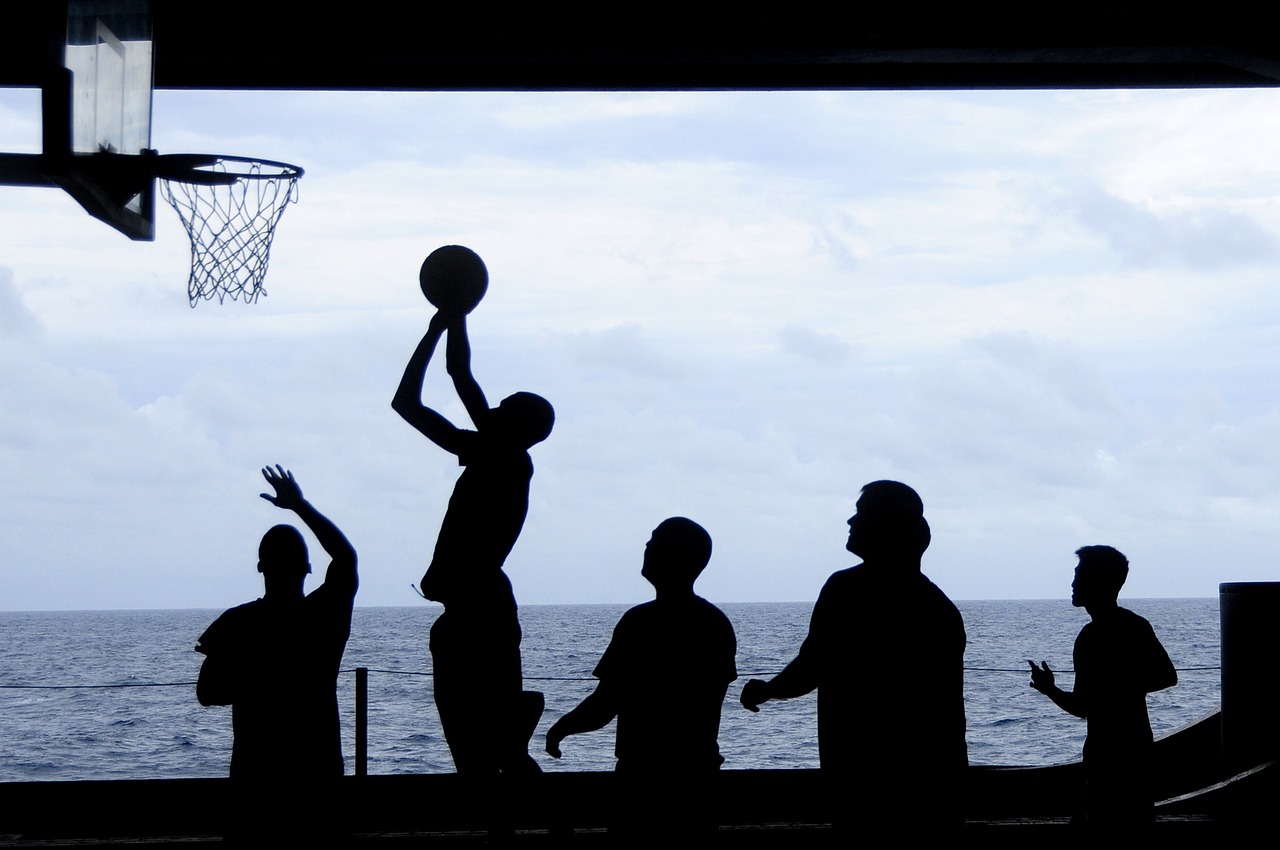When I was in second grade, all I wanted to do was play basketball. I begged my mother to let me join the basketball team at school, and after some convincing, she said yes. I was thrilled—it felt like I was finally going to be part of something I loved.
But what happened next was devastating. The boys on the team weren’t just mean—they were violent. Every day, they beat me and threatened to kill me unless I quit the team. It wasn’t teasing or childish name-calling; it was real, physical violence.
What made it even worse was that the coach encouraged it to happen. He never stepped in to protect me, and one time told the team to make it clear I don’t belong. I wasn’t a quitter and I took it. Eventually, the coach pulled me aside and said that only “certain boys” were allowed on the team, and I wasn’t one of them. He sent me home crying, broken, and defeated.
A few years later, a dad in the community started a new team. This one was made up of boys who were kinder, and I was finally allowed to play. For the first time, I got to experience the joy of basketball without fear. I even played in games, which was thrilling. But even on that team, I wasn’t free from harassment. The boys teased me and while it wasn’t violent as before, it still made me feel like I didn’t truly belong.
All of these experiences had a lasting effect on me. I stopped wanting to play sports altogether. As a kid, I loved basketball—it brought me so much joy. If I had been given even a little encouragement and had an environment where I felt safe, I could have done better. Instead, the bullying and violence stole that dream from me. But whatever, that was the ’70s, we were Generation X after all. No one cared.
Looking back now, I understand that competitive sports require a certain mindset—athleticism, discipline, and even a level of ferocity. But I also believe those qualities can be encouraged in a way that doesn’t hurt others. Boys—and all kids—should be able to learn competitiveness and strength without cruelty.
There should always be a league for anyone who wants to play, no matter their skill level or background. No child should have to endure violence or exclusion just to follow their passions.
So, how do I unpack and process all of this and reconcile my experiences with my life today? I feel like need to turn this into actionable items.
Turning Pain Into Action
The truth is, I don’t know if there are kids in my town who are excluded from playing sports or don’t have access to teams or equipment. But I believe everyone who wants to play should have the opportunity, without fear of bullying, violence, or exclusion. Here are some of the ideas I’ve been considering to help create that kind of environment:
1. Ensuring Access to Equipment
Many kids might want to play sports but don’t have access to basic equipment, like a basketball or a hoop. I could start a program to collect and donate balls or set up a system where kids can borrow equipment from local schools or community centers. A simple step like this could make a big difference. Maybe libraries should have a sports equipment lending section.
2. Creating Inclusive Teams or Leagues
What if there was a recreational league that welcomed anyone who wanted to play, regardless of skill level? I could work to organize something like this in my community. Starting small, like hosting a weekend pick-up basketball game for kids, could be a stepping stone to something bigger. Just showing up with whatever equipment we might have laying around the house could b enough to encourage kids to play.
3. Volunteering or Mentoring
Sometimes, kids just need someone who believes in them. I could volunteer at local schools or youth programs to help organize sports activities or even just encourage kids who feel left out. Sharing my own story might help kids who feel like they don’t belong know that they’re not alone.
4. Partnering With Local Organizations
There are probably existing organizations in my town, like the Boys & Girls Club or the YMCA, that work to support youth sports. Partnering with them could be a way to reach more kids and offer support, whether it’s through funding, equipment, or volunteering.
5. Sharing My Story to Inspire Others
Writing about my experiences, like I’ve done here, can be a powerful way to spread awareness. If just one person reads this and decides to take action, it could have a ripple effect. Sharing this story on social media, local blogs, or even in my town newspaper might inspire others to join the effort.
Reflecting on my experience, I understand that sports aren’t just about competition or winning. They’re about teamwork, personal growth, and finding joy in something you love. No child should have to endure violence or exclusion just to play a game they’re passionate about.
I don’t know exactly where this journey will take me, but I’m committed to exploring what I can do to help. Maybe it starts with a small step, like reaching out to my neighborhood to see if there’s a need for basketball equipment or inclusive teams.
If you’ve ever experienced something similar, or if you have ideas on how to make a difference, I’d love to hear from you. Let’s work together to create opportunities for all kids to feel safe, encouraged, and empowered.



Leave a Reply